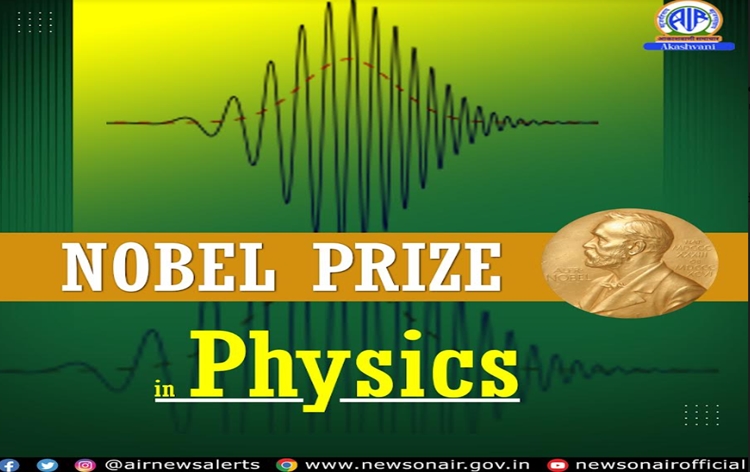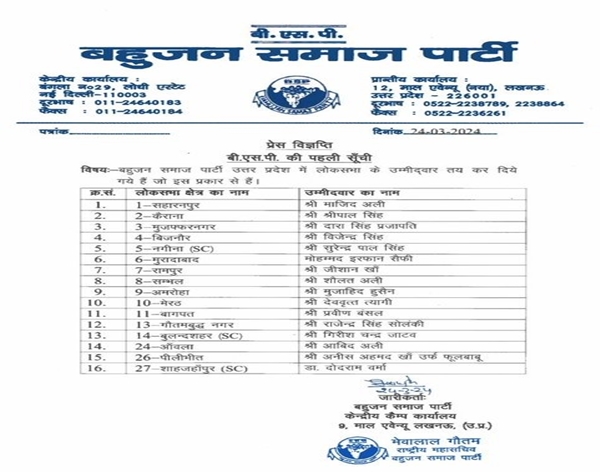Introduction
In the world of physics, some discoveries have the power to reshape our understanding of the universe at its most fundamental level. The Nobel Prize in Physics for 2023 recognizes three visionary scientists who have achieved just that. Anne L'Huillier, Pierre Agostini, and Ferenc Krausz have embarked on a groundbreaking journey to manipulate light in ways previously thought impossible, allowing us to capture the astonishingly rapid movements of electrons. In this article, we delve into their remarkable work and its profound implications for science and technology.
Unveiling the Nature of Light:
The story begins with Anne L'Huillier, whose experiments have revealed a new phenomenon arising from the interaction between laser light and atoms in a gas. This discovery has opened up a realm of possibilities in the world of ultrafast science. By pushing the boundaries of our knowledge about the behavior of light, L'Huillier has set the stage for a revolutionary transformation in the field.
Shorter Pulses, Faster Insights
The combined efforts of Pierre Agostini and Ferenc Krausz have further amplified the impact of L'Huillier's discovery. They demonstrated that this newfound effect can be harnessed to create pulses of light that are shorter and more powerful than ever before. These ultrashort light pulses have the incredible ability to freeze-frame the almost instantaneous movements of electrons in atoms and molecules, offering a glimpse into a previously unseen realm of the subatomic world.
Unraveling the Dance of Electrons
Electrons, the tiny particles that orbit atomic nuclei, are notorious for their rapid and elusive behavior. Understanding their movements is crucial for a wide range of scientific endeavors, from designing more efficient electronics to exploring chemical reactions at the molecular level. The breakthroughs achieved by these laureates now allow scientists to capture these electron dances in unprecedented detail.
Practical Applications:
The applications of this groundbreaking research are vast and varied. Ultrafast lasers, enabled by these discoveries, have found their way into fields as diverse as materials science, chemistry, and biology. They are used to study and manipulate matter on timescales previously inaccessible, paving the way for innovations in fields such as drug development, renewable energy, and telecommunications.
Conclusion:
The Nobel Prize in Physics for 2023 honors Anne L'Huillier, Pierre Agostini, and Ferenc Krausz for their groundbreaking work in manipulating light to capture the fleeting movements of electrons. Their discoveries have unlocked new frontiers in our understanding of the subatomic world and opened doors to technological advancements that were once thought impossible. As we continue to harness the power of ultrafast light, we are poised to make transformative strides in science, technology, and our grasp of the universe's most fundamental building blocks.
Capturing the Dance of Electrons: Nobel Laureates Illuminate the World of Ultrafast Light















